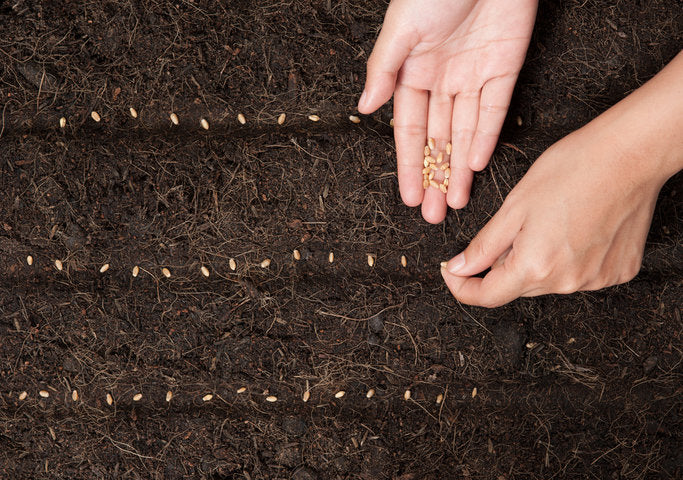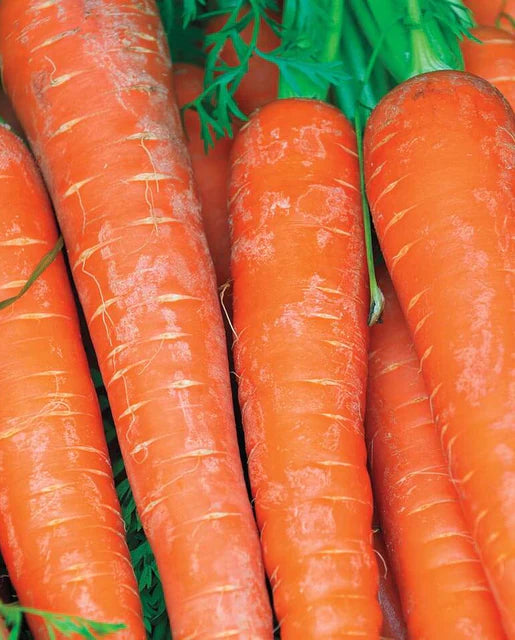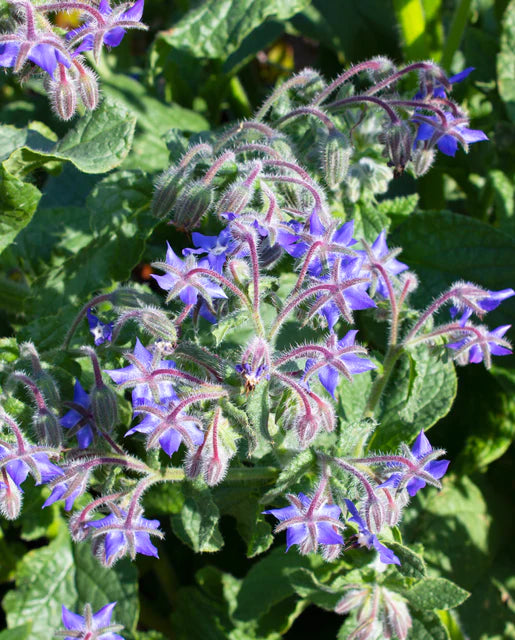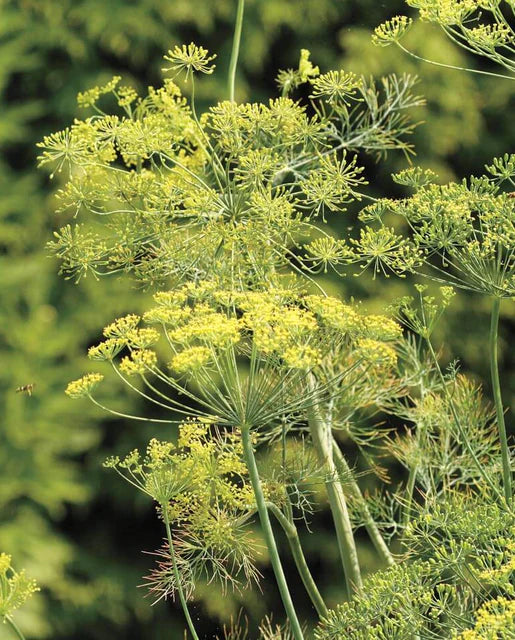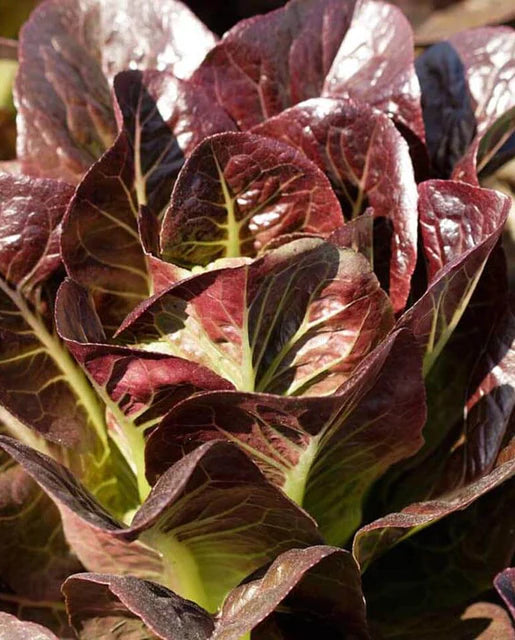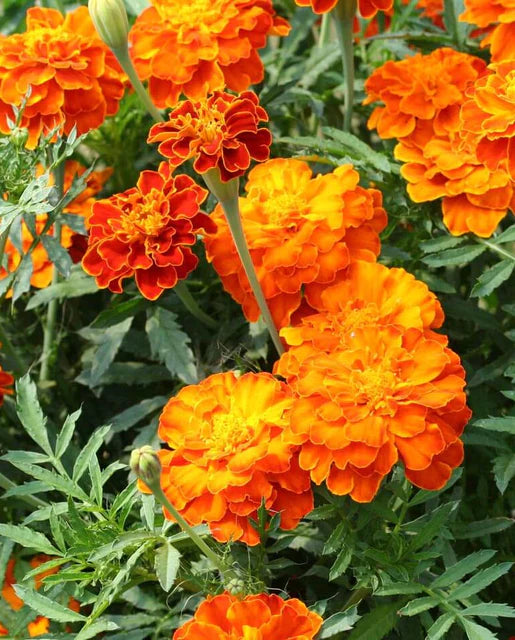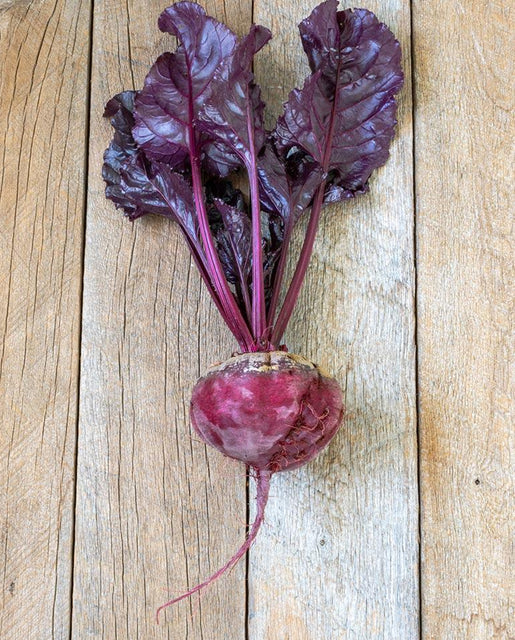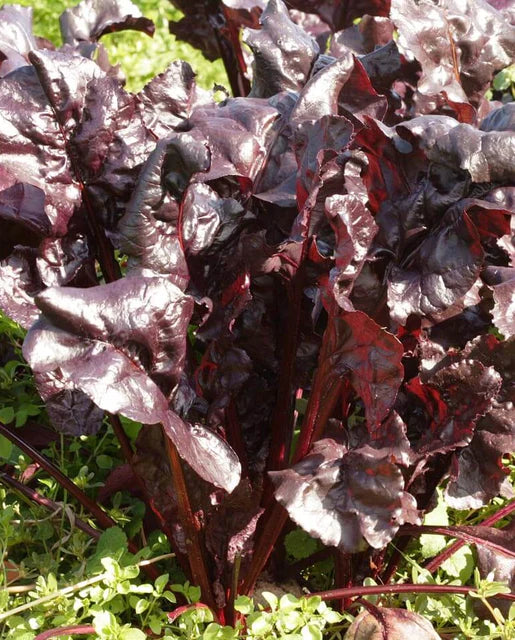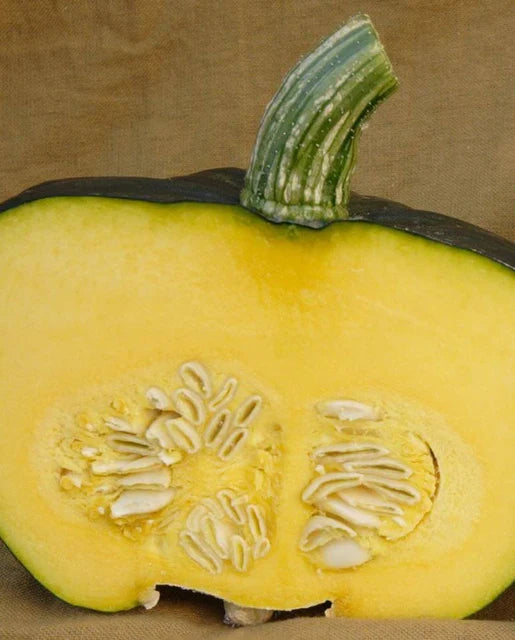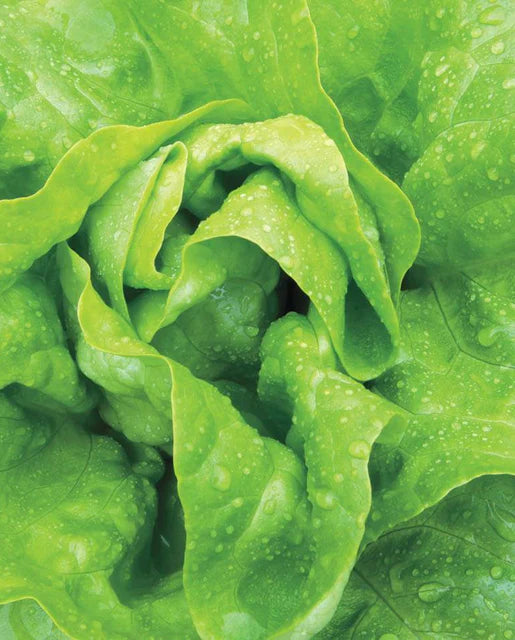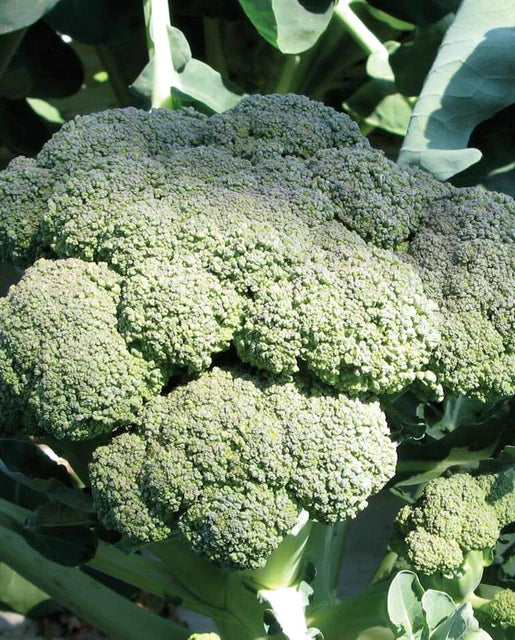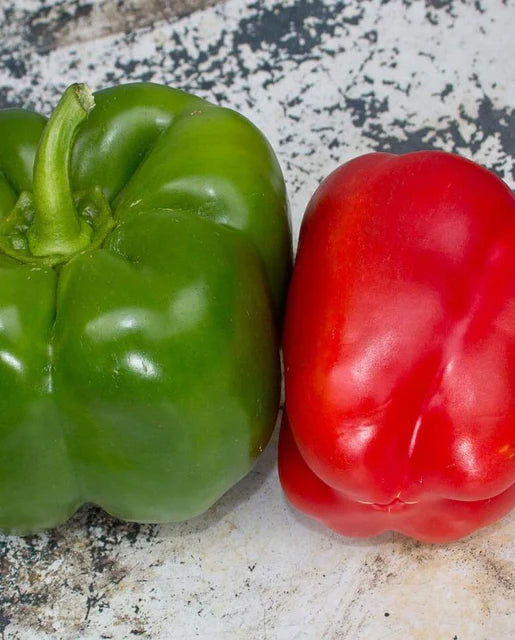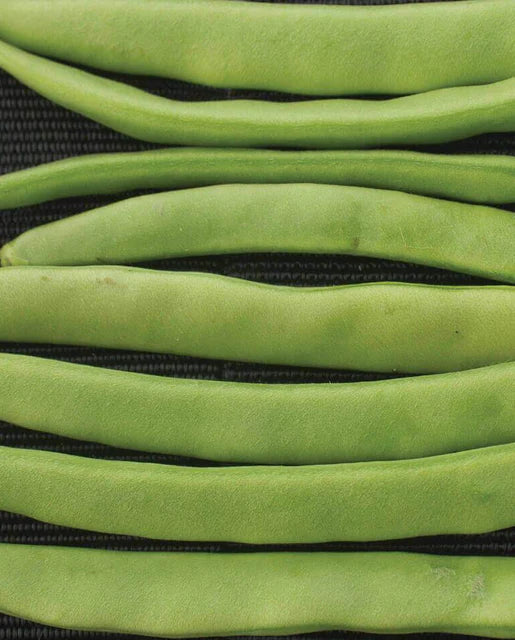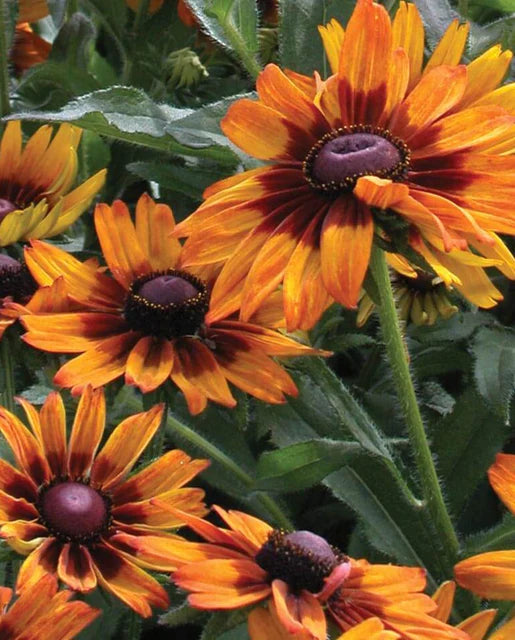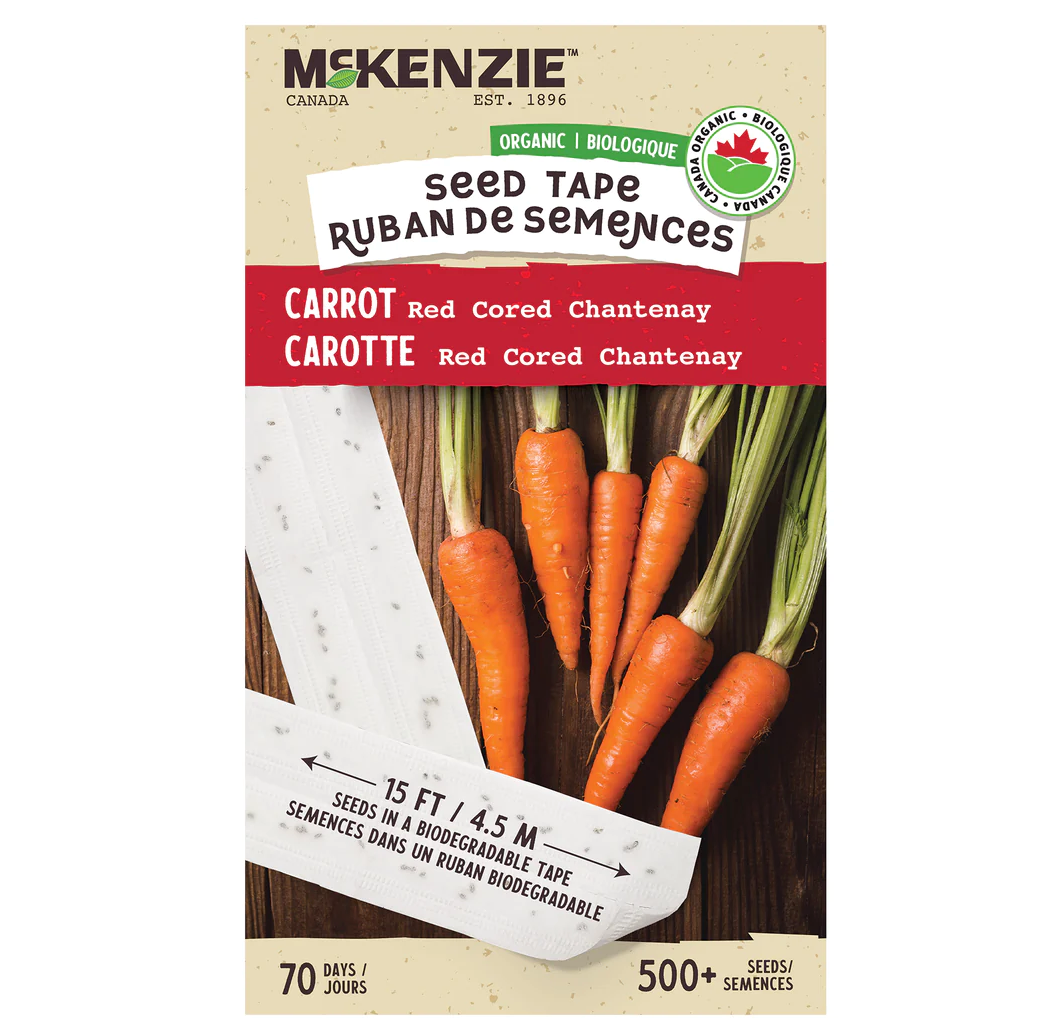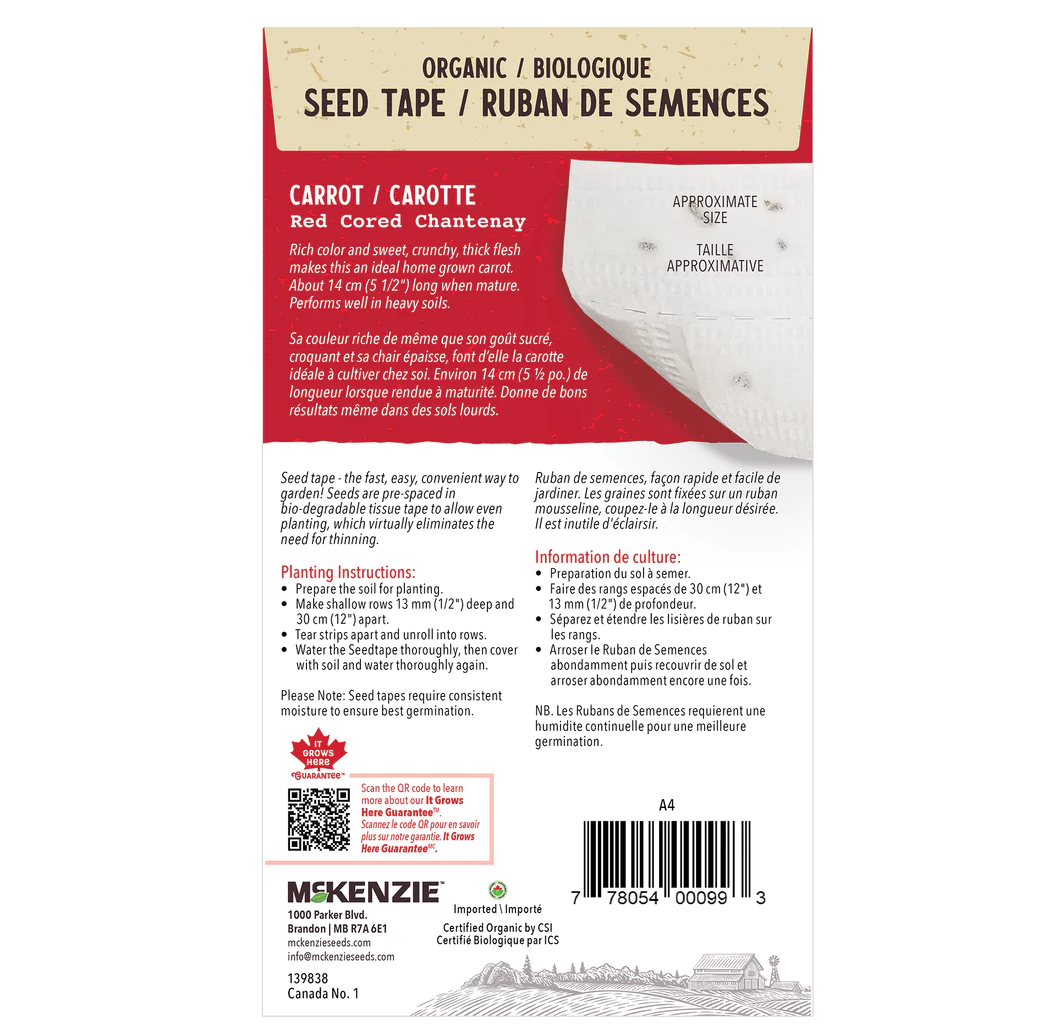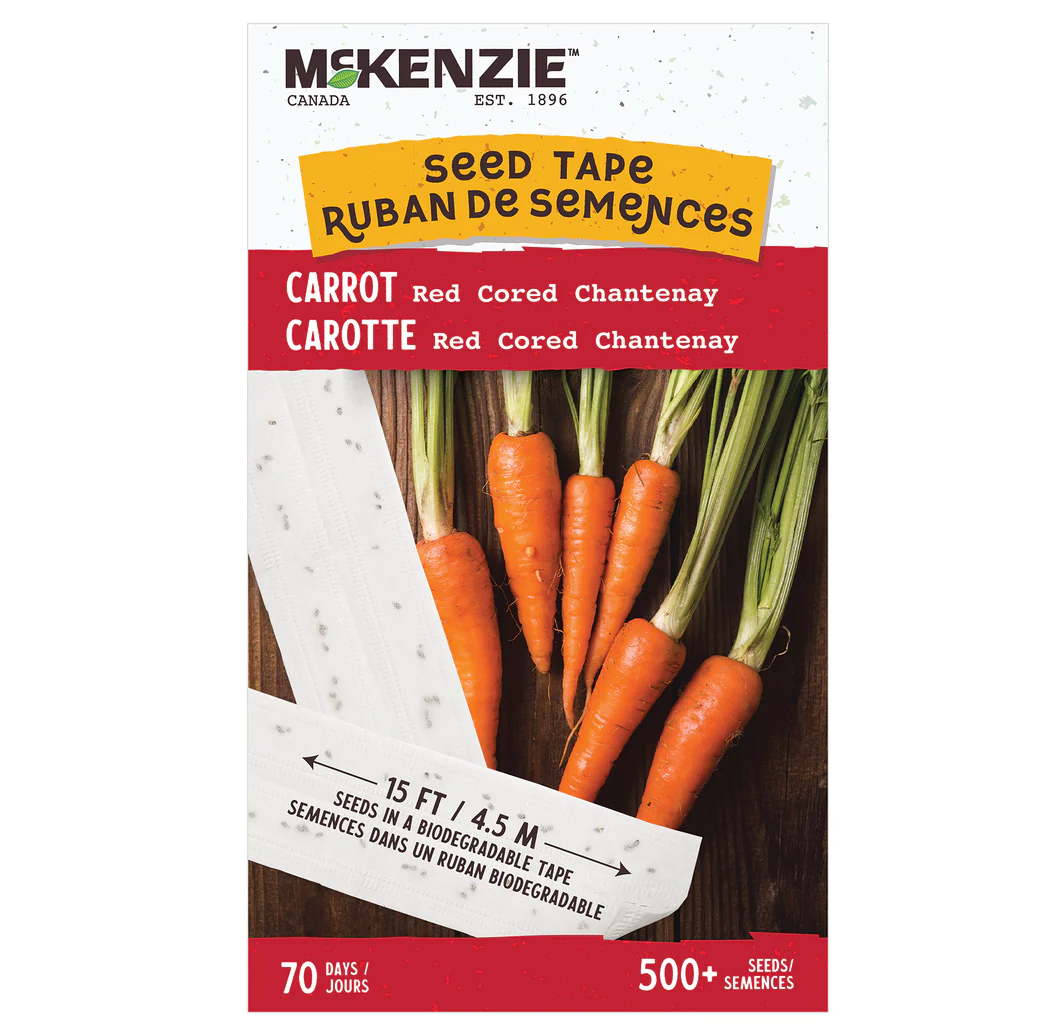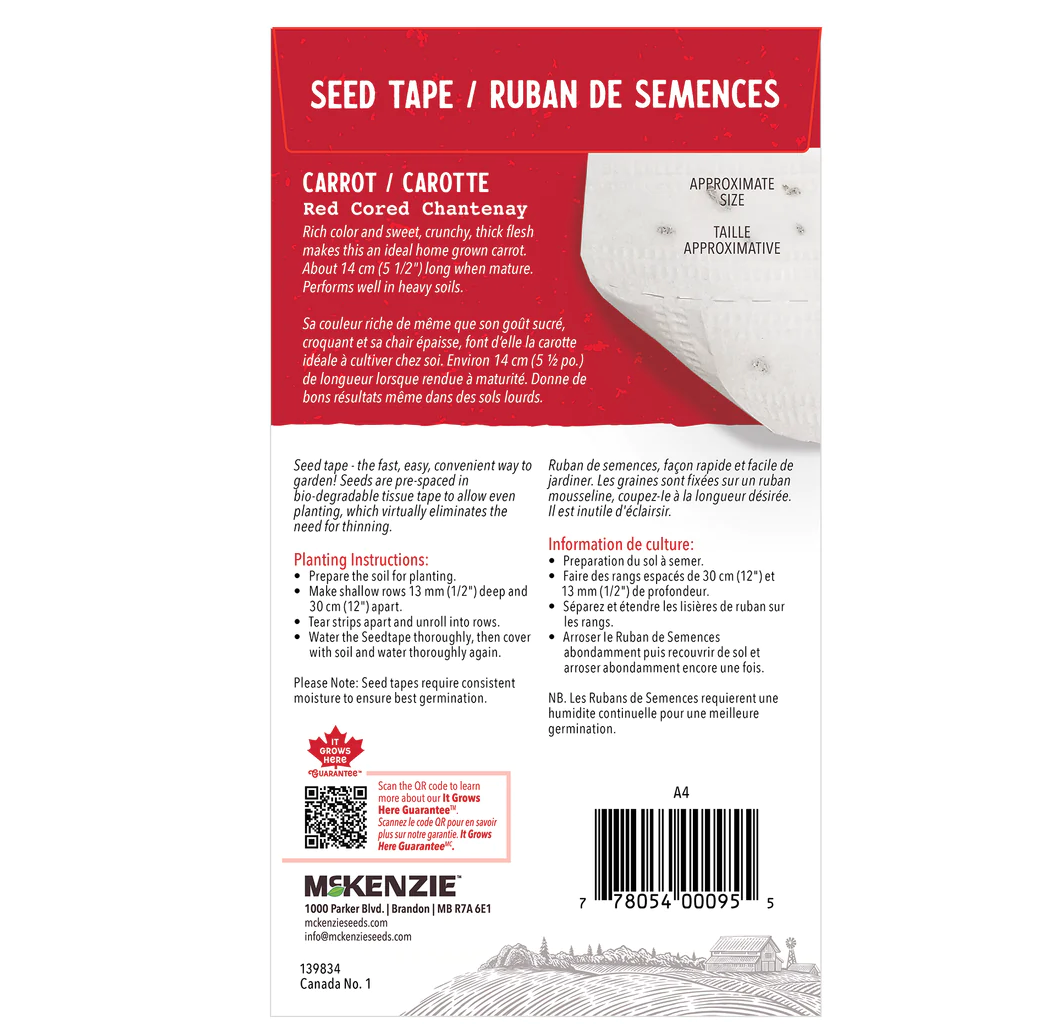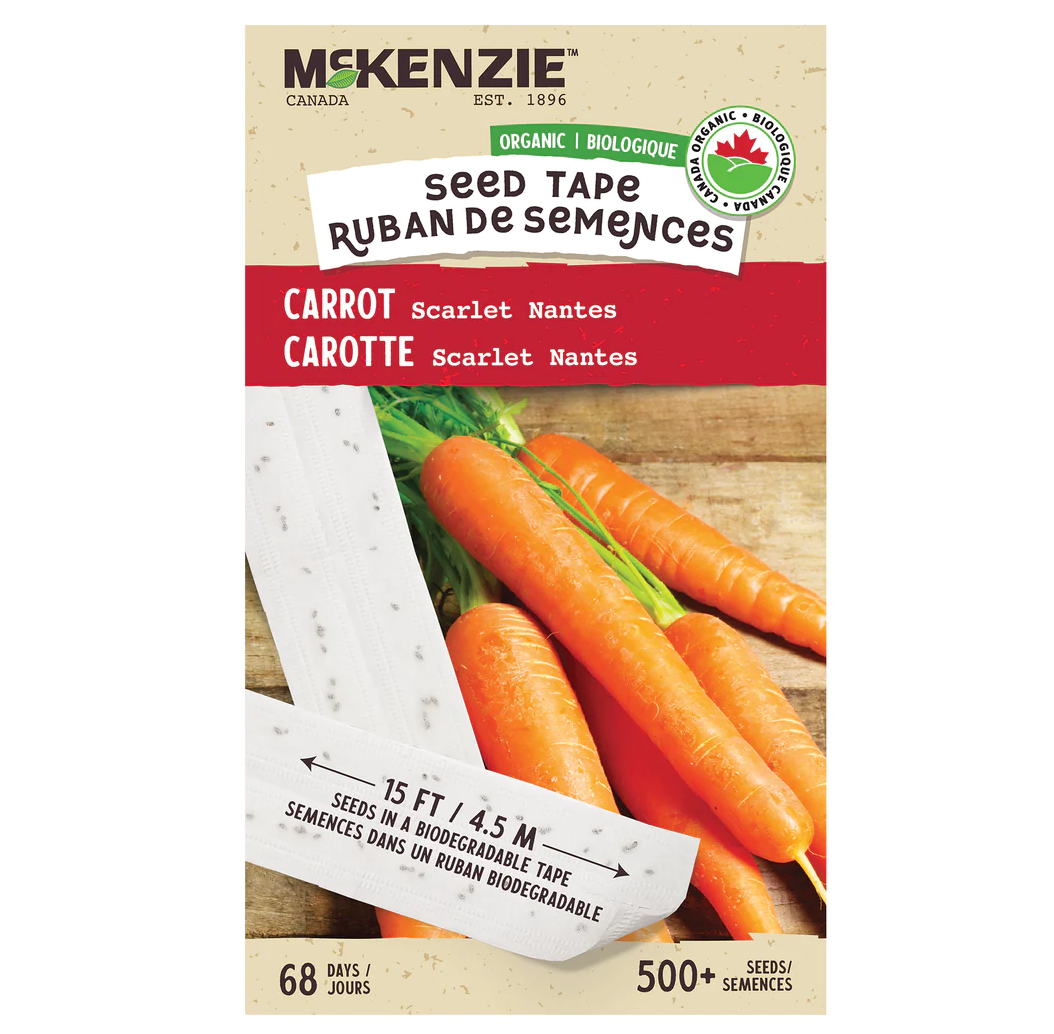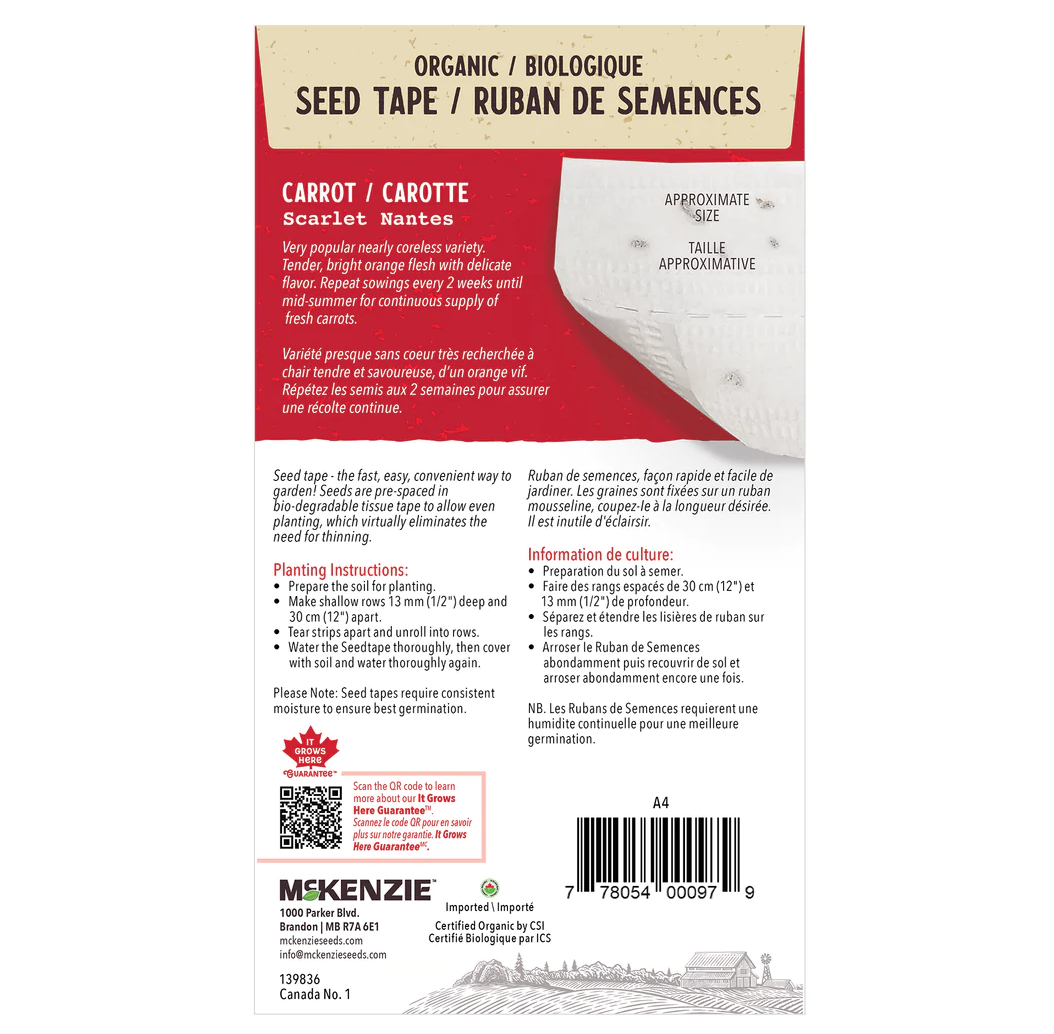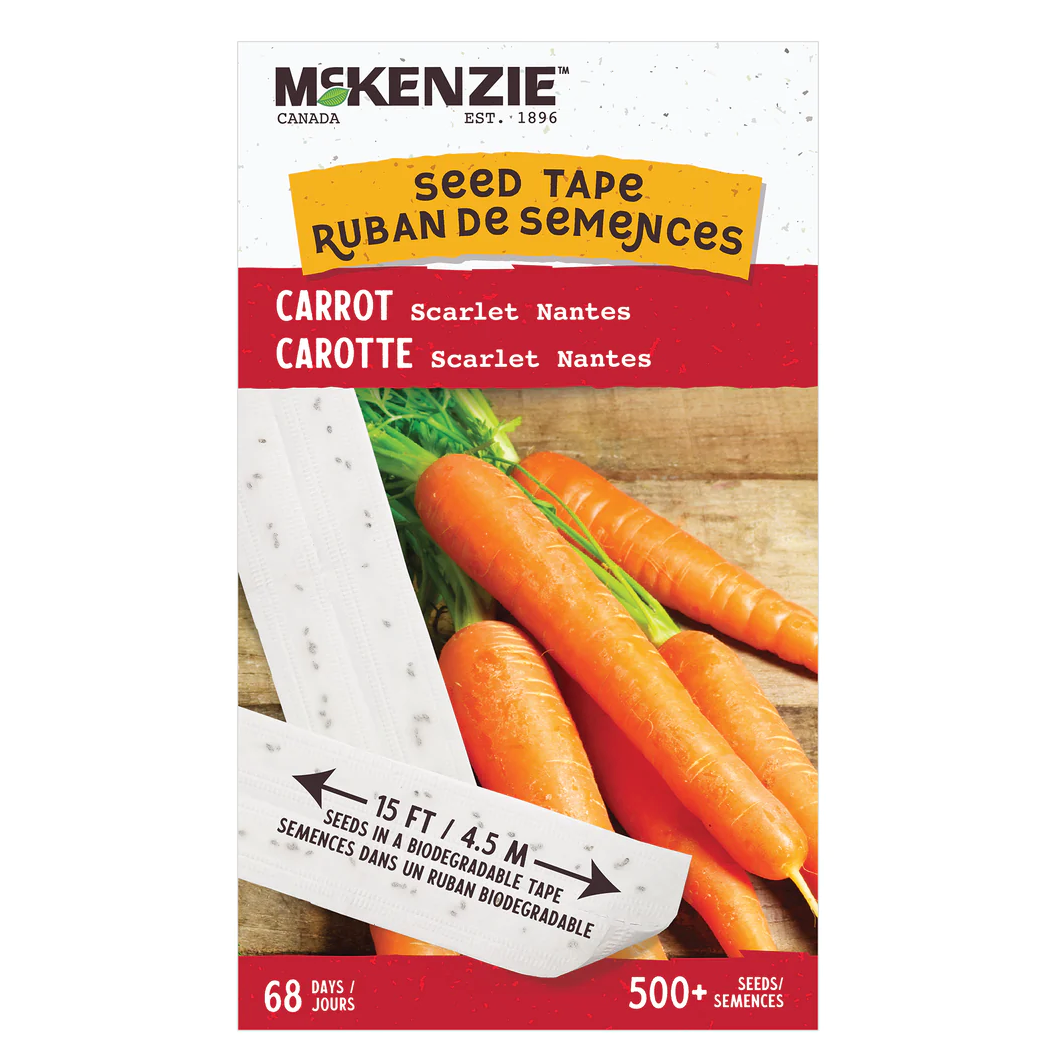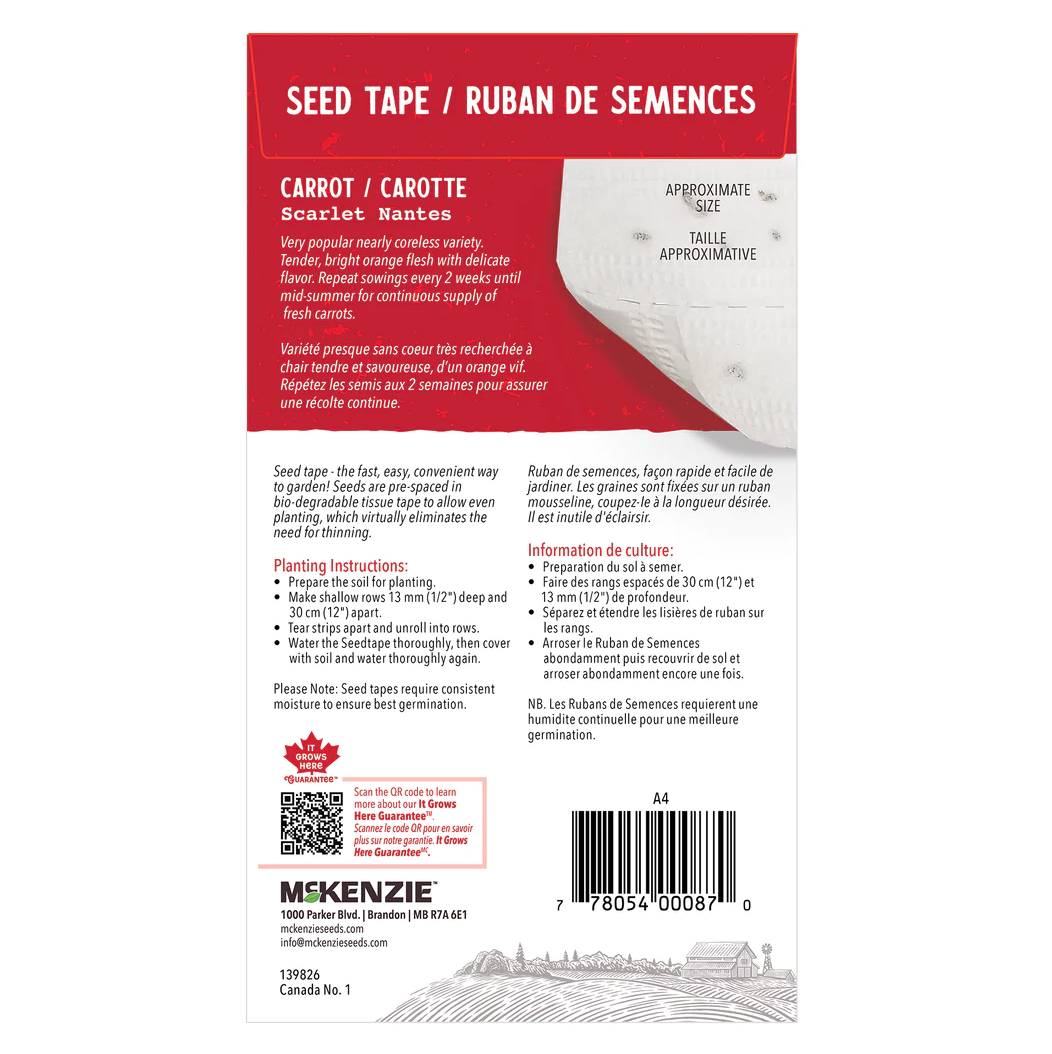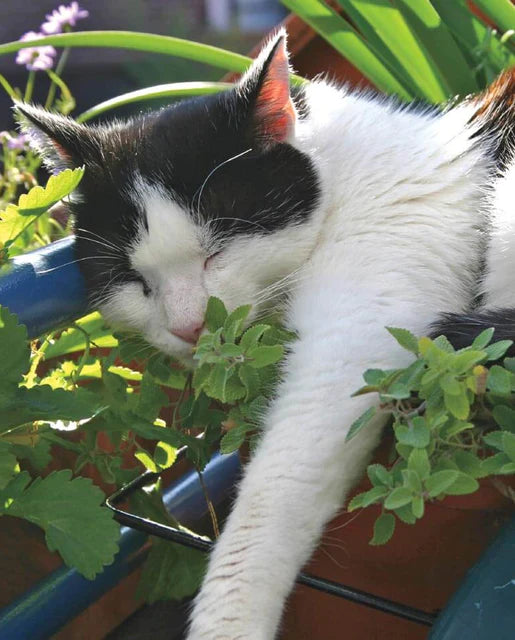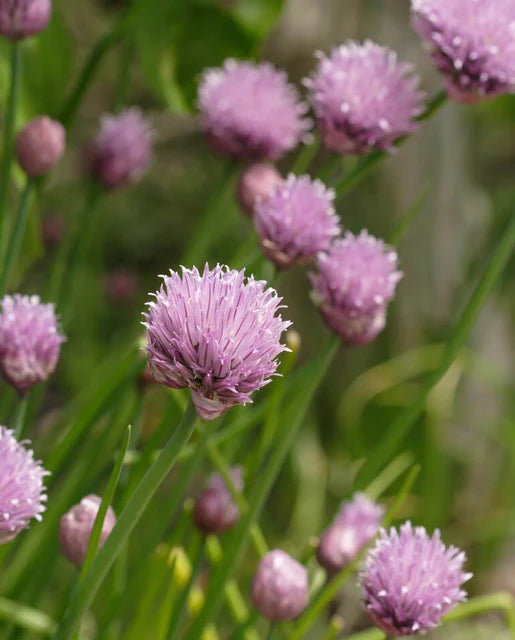309 products
309 products
Sort by:
Seeds
This early maturing popcorn has tall plants with two ears each, that average 13-15cm (5-6") long. Pink Popcorn corn seeds produce excellent popping corn that yields lots of fluffy white kernels with a great rich flavour. The beautiful pink to mauve kernels are attractive for decoration. This is not a variety for eating corn on the cob, but rather for drying and popping. The stately tall plants are attractive in the summer garden.
To harvest popcorn, allow the plants to turn brown and the ears to dry for as long as possible in the field. When harvested, the husks should be completely brown and the kernels hard. Harvest the ears and remove the husks. Hang the ears in mesh bags in a warm, dry, airy room, and let dry for several weeks. The ideal moisture content for popcorn is 13 to 14%. Once a week, extract a few kernels and try popping them. If the popcorn is jagged or chewy, it still has too much moisture. If the flavour and texture are good, remove all the remaining kernels and store them in airtight containers. They should remain in good popping form for several years.
Matures in 85 days. (Open-pollinated seeds)
Bolero carrot seeds are a great variety for home or market. Very sweet and crunchy, it is a good keeper in storage or in the ground. Roots are bright orange, up to 20cm (8") long, and slightly tapered, with the typical blunt Nantes tip. High level of resistance to Alternaria blights and powdery mildew. Very tasty! Our Bolero carrot seeds are also available as pelleted seeds for easier handling. This variety is something of an industry standard. Because of their hybrid uniformity, they are very attractive to market growers. We think the flavour is so superb that these carrots are a nice choice for the home gardener as well. Winner of the RHS Award of Garden Merit.
Matures in 75 days. (Hybrid seeds)
- Sweet and crunchy
- Good keeper in storage or ground
- Bright orange roots up to 20cm (8") long
- Hybrid seeds
- Matures in 75 days
Because carrot seeds are tiny, they need to be sown shallowly. The trick is to keep the top-most layer of soil damp during the relatively long germination period. Water deeply prior to planting. Direct sow the tiny seeds 5mm (¼”) deep, 4 seeds per 2cm (1″), and firm soil lightly after seeding. Make sure the seeds are only just buried. Water the area with the gentlest stream possible, and keep it constantly moist until the seeds sprout.
Large, fuzzy, cucumber-scented leaves and vivid blue flowers attract bees all summer long. Usually grown for the bees and flowers, young leaves can be cooked like spinach or used in salads. Also known as the star flower because of the arrangement of its petals, the flowers have a light cucumber flavour and will stun with their vivid blue petals. A dramatic use is to make ice cubes with the petals frozen into them and drop into cold drinks. Borage seeds contain oils with the highest concentration (20% to 30%) of the fatty acid GLA, even higher than Evening Primrose. Altogether a versatile, attractive and useful herb, add starry blue flowers to salads, drinks, berry desserts for visual appeal. Borage may self sow. It is attractive to bumblebees that must buzz at a certain resonance to release a jet of pollen.
- Large, fuzzy leaves
- Vivid blue, edible flowers
- Versatile, attractive, useful
- Deer resistant
- Mild cucumber flavour
Sow seeds 1cm (½”) deep, and thin to 60cm (24″) apart. Borage will get large and fill in spaces between plants
Bouquet dill seeds grow into compact plants around 75-90cm (30-36") tall. Bouquet Dill is a particularly good variety to grow for nice looking bunching at the market table, and works well in containers or smaller herb gardens. This dill has fragrant, lacy foliage, large yellow flower heads, and large seeds, but the plants only grow about waist high.
The structure of dill's flowers is known as an umbel. Thus dill is considered an umbelliferous plant. Other umbellifers include carrots, cilantro, fennel, parsnips, and Ammi. All of these plants are attractive to predatory insects such as lady beetles, Syrphid flies (hover-flies), lacewings, and tiny parasitoid wasps. Organic gardeners like to grow dill precisely to attract these beneficial insects, for they will control pest insects like aphids, thrips, whitefly, and the caterpillar of the Small White Butterfly (cabbage moth).
Breen Pelleted Organic romaine lettuce seeds are CERTIFIED ORGANIC! Breen is a slow-growing miniature red romaine lettuce with an elegant, urn-shaped head. Its superb, rust coloured leaves have olive-green undertones and nicely contrasting veins. Breen is slow to bolt and looks lovely tucked in among green lettuces. The leaves are firm and crisp with excellent flavour. PELLETED SEEDS - sold by seed count. Pelleted seeds are great for precision sowing. The seed coating is certified organic and made from an inert clay mixture. Let Breen mature for harvest after most of your other lettuce has been already cut.
Recommended for hydroponic and aquaponic growing.
Matures in 45 days. (Open-pollinated seeds)
Tagetes patula. Brocade Marigold seeds produce brilliant 5cm (2") wide flowers in gold to mahogany atop 30-38cm (12-15") plants. This is a medium height marigold that works well in large containers. Grow in full sun and deadhead regularly to enjoy flowers from May to heavy frost. The plants are drought resistant, so a good candidate for xeriscaping. The flower petals are edible, and can be dried and ground to use as a replacement for saffron. The essential oils of this marigold have apparent anti-fungal properties, and have been used to fight fungal infections on plants. Brocade is a cultivar of T. patula, which is native to the highlands of central Mexico. It's a very easy flower to grow from seed.
Annual
Bull's Blood beet seeds produce baby greens in 35 days, or wait 50-60 days for beetroot. This is the classic choice for salad and micro-green growers. The beautiful dark red, smooth leaves have a particularly pleasant flavour. Harvested as baby greens, they look spectacular in salad mixes. If the leaves are not harvested, the plants produce uniform, round, tasty, red beetroots. The deep red colour of both the leaves and root are thought to contain high levels of nutrients and antioxidants, which qualifies Bull's Blood organic beet seeds as a super-food.
Matures in 50-60 days. (Open-pollinated seeds)
- Produces baby greens in 30-40 days
- Can be cut repeatedly
- Unusual texture and colour in salad mixes
- Open-pollinated seeds
- Matures in 60 days
Sow 1cm (½”) deep, 5-10cm (2-4″) apart in rows 30-45cm (12-18″) apart.
C. maxima. Burgess Buttercup squash seeds were first introduced by the Burgess Seed Company in Illinois in 1932. Since then, this reliable heirloom has been producing small, 1.5kg (3 lb) turban shaped fruits with dark green skins and the unmistakable navel or dome at the blossom end. The golden orange flesh inside each fruit is sweet and finely textured, never watery. The thin skins are extremely hard, but that is key for long term storage. These popular squashes won't last right through winter the way a hubbard or delicata might, but you should bring one to Christmas dinner, and impress your friends and family.
Matures in 115 days. (Open-pollinated seeds)
Same delicious flavour as the standard delicata, Bush Delicata grows on compact, space-saving plants. The .5-1kg (1-2lb) oblong fruit start off a pale cream colour that turns yellow as fruit matures. Green stripes darken before turning orange. Flesh is smooth and sweet and very fast to cook. Edible skin makes delicatas easier to manage than other winter squash. Try cutting into rounds, scooping out the seeds, and baking on each side until brown.
Matures in 80 days
We love the flavour and delicate texture of the leaves for lettuce wraps! Buttercrunch butterhead lettuce seeds are a Bibb type lettuce that forms a tight little rosette of soft, dark-green, upward-facing leaves surrounding a tender, pale centre. The small hearts don't become bitter in hot weather. Later plantings stand well into fall and make good growth in spring cold frames. Buttercrunch lettuce is a good candidate for growing all winter if you can provide cloche or greenhouse protection, or even a simple cold frame. Sow some extra early indoors in February for transplanting to the cold frame in March.
Matures in 67 days. (Open-pollinated seeds)
- Butterhead
- Soft dark green leaves surround tender heart
- Hearts do not become bitter in hot weather
- Open pollinated seeds
- Matures in 67 days
Direct sow or start indoors and transplant. Sow seeds 5mm (¼”) deep, or on the surface of the soil where the soil can be kept evenly moist.. Space or thin heading lettuce to 30cm (12″) apart. Space or thin looseleaf varieties to 20-25cm (8-10″) apart. Space rows for all types 45-90cm (18-36″) apart. Babyleaf lettuce can be planted quite densely, as it is harvested at an immature size. Sowing babyleaf lettuce seeds closely together in narrow rows makes harvesting simpler.
CERTIFIED ORGANIC! Dark green plants grow 45-75cm (18-30") tall with a variable bluish green central head between 8-20cm (3-8") across. This is followed by abundant side shoots that keep coming until frost. Sow Calabrese organic broccoli seeds in early March indoors, or in May and June for a fall harvest. This heirloom broccoli variety arrived in North America with Italian immigrants in the late 1880s. It is probably centuries old. What Calabrese lacks in terms of uniformity, it more than makes up for in rich flavour.
Matures in 60 days. (Open-pollinated seeds)
- Great flavour and texture
- Dark green 10cm (4" heads)
Sow indoors, 3 or 4 seeds per pot, 5mm (¼”) deep, under very bright light. Thin to the strongest plant. Space transplants 45-60cm (18-24″) apart in rows 75-90cm (30-36″) apart.
Few bell pepper varieties can compete with the reliable plants produced by California Wonder pepper seeds. In a greenhouse, open field, or in your backyard vegetable garden, this is the variety to grow if you love big, blocky sweet peppers that mature from green to bright fire engine red. The four-lobed fruits are heavy with perfectly smooth skins, and grow to nearly 13cm (5") long and 10cm (4") wide on plants that can grow to 65cm (28") tall. Give this excellent variety very fertile soil and even moisture throughout the growing season, and it will reward you with abundant, perfect fruits with exactly the flavour and moisture content you would expect from the best green grocer.
Matures in 65-75 days. Open-pollinated seeds
These big beans have big flavour. The 15cm (6”) pods are broad, flat, stringless, and medium green. The intense flavour of these Italian beans remains even after canning and processing. Or enjoy them straight out of the garden when they are sweet and crisp. Romano beans typically grow on tall vines that need to be supported by canes or trellises. Campo di Fiori Romano bean seeds produce tidy (determinate) bush bean plants that have a shorter harvest window. That is, the beans will all come at once during a two to three week period. The trade off is the convenience of smaller bush plants that will produce well in large containers.
Matures in 58 days. (Open-pollinated seeds)
- Bush beans
- Big beans with big flavour
- Broad, flat, stringless pods
- Open-pollinated seeds
- Matures in 58 days
Sow bush bean seeds 2-5cm (1-2”) deep, 5-8cm (2-3”) apart, in rows 45-60cm (18-24”) apart. Thin to at least 15cm (6”) apart in each row. If the weather is too wet, beans can also be started in pots indoors and set out carefully a few weeks later. For a longer harvest, plant at 3 week intervals.
The vibrant oranges and yellows of Canary Yellow Swiss chard seeds bring cheerful colour to spring and winter gardens. The young stalks are a deep orange colour while the larger, more mature stalks turn a bright yellow to contrast beautifully with dark green glossy leaves. This variety has exceptional leaf quality and it lasts for ages in the fall garden. The depth of colour increases as the plants develop throughout the season. By mid-summer the stalks should be deep, golden yellow. Try Canary Yellow as gold-streaked baby leaf salad greens, or let it grow to its full glory in the garden. Winner of the RHS Award of Garden Merit.
Matures in 50 days. (Open-pollinated seeds)
Rudbeckia hirta. We did a double take when we saw this remarkable Rudbeckia during the summer flower trials. Large and very attractive bronze and chocolate coloured blooms appear over a very long flowering period from mid summer to frost. Cappuccino Rudbeckia seeds are an excellent garden performer with huge, richly coloured flowers to 10cm (4") across covering plants growing to 45-50cm (18-20") tall. This Rudbeckia would work well in a half-barrel or other large containers, and it looks sensational in big plantings. Impressive, low maintenance, and drought tolerant for xeriscaping. Deadhead spent flowers for a longer display. In very mild conditions, this plant may survive to bloom a second, or even third year. We treat it as an annual.
Annual
Carolina Reaper is one of the hottest peppers on record at an alarming 1.5 million SHUs (it has peaked at 2.2 million). The small peppers mature from green to fire engine red and are gnarled and bumpy with a distinctive pointed tip called "the stinger. This species of pepper can be grown as a perennial in warmer climates (or heated greenhouses) or brought inside over winter. They are somewhat challenging to grow and will need protection to increase heat and lengthen the growing season in most regions. Please take extreme caution when handling the seeds and eventual fruits they produce.
Super-hot peppers can be somewhat challenging to grow. The seeds can be difficult to germinate, and they need a long, hot season to produce fruit. Start indoors early and use bottom heat and seedling domes to create the warm, humid conditions they need to germinate. Be patient as germination may take 21-28 days or longer, even under ideal conditions.
Please use extreme caution when handling the seeds and fruits!
Matures in 120 days. (Open-pollinated seeds).
Red Cored Chantenay produces crunchy, sweet carrots that are excellent for dicing. Roots grow to be a reddish-orange with an indistinct core. This variety produces shorter and thicker carrots that grow to about 14 cm (5 1/2") long when mature. A healthy choice, carrots contain more vitamin A than any other vegetable and when raw, they provide important dietary fibre.
Please Note: Seed tapes require consistent moisture to ensure best germination.
Days to Germination: 10 to 14 days
Days to Maturity: 70 days
Red Cored Chantenay produces crunchy, sweet carrots that are excellent for dicing. Roots grow to be a reddish-orange with an indistinct core. This variety produces shorter and thicker carrots that grow to about 14 cm (5 1/2") long when mature. A healthy choice, carrots contain more vitamin A than any other vegetable and when raw, they provide important dietary fibre.
Please Note: Seed Tapes require consistent moisture to ensure best germination.
Days to Germination: 10 to 14 days
Days to Maturity: 70 days
Excellent quality, reddish-orange tender carrot which is a favorite for processing. Half long and pointed, crisp and sweet. Perfect for slicing and dicing as well as for canning and freezing. HINT: for best flavor, harvest when roots are no more than 5 cm (2") in diameter.
Days to Germination: 10 to 14 days
Days to Maturity: 65 to 80 days
Scarlet Nantes is the most popular and dependable home garden carrot variety. Roots are sweet and tender yet incredibly crisp. Bright orange in color and nearly coreless, these are ideal for freezing.
Please Note: Seed tapes require consistent moisture to ensure best germination.
Days to Germination: 10 to 14 days
Days to Maturity: 68 days
Scarlet Nantes is the most popular and dependable home garden carrot variety. Roots are sweet and tender yet incredibly crisp. Bright orange in color and nearly coreless, these are ideal for freezing.
Please Note: Seed tapes require consistent moisture to ensure best germination.
Days to Germination: 10 to 14 days
Days to Maturity: 68 days
Nepeta cataria. Not just for cats! Tall pink and white flower spikes are great in fresh and dried arrangements. Use the leaves in salads, sauces, teas, and soups - and of course fresh or dried for the cats! Catnip seeds are a good choice for a bee attractor that works well in containers on cat-free balconies. Protect seedlings from cats.
Catnip (and a few of its close relatives) contain the compound nepetalactone, which is extremely attractive to domestic and wild cats. It has the same effect on leopards, lynxes, and tigers as it does on house cats. Roughly 33% of all cats do not respond to catnip, and the response is believed to be hereditary.
- Not just for cats
- Good bee attractor
- Tall pink and white flower spikes
- Use leaves in salad & teas
- Protect seedlings from cats
Sow on the soil surface or barely covered with perlite. Thin plants or transplant to 30cm (12″) apart. Keep seedlings well protected from cats.
Salvia officinalis. CERTIFIED ORGANIC! The wonderfully aromatic, silvery-green leaves of sage bring a potent savoury accent to stews, soups, salads, and traditional stuffing. Beneficial insects love this plant and hummingbirds will feed from sage flowers. Direct seed organic sage seeds in early spring and thin to 30cm (12") apart. Harvest half of the plant before the purple flowers open in June, and dry the leaves in an airy spot away from direct sunlight. After flowering, cut back by a third to get a burst of fresh new leaves.
Smooth-skinned, bright red radishes with a very round, uniform shape. Cherriette is bred to perform in higher temperatures, so it holds better potential for harvesting into summer. The ideal production time is spring and fall. The pure white flesh of Cherriette is dense and crisp, with a sweet, hot flavour. This is a very uniform radish variety that is slow to develop pith. Its tops are short, but sturdy for bunching. Cherriette has out performed the open pollinated varieties in our trials. Try Cherriette in window box type containers. Plant short rows every two weeks from March to early May, and again in September and October for fall harvests.
Matures in 24 days. (Hybrid seeds)
Chinook leek seeds are certified organic. Chinook sets a new standard for sped and uniformity in summer harvest leeks. Even in cool spring temperatures this leek grows super fast and upright, developing long, even shanks that are easy to clean in the field, and vibrant, medium green tops. Chinook has excellent flavour, and is one of the top performers for south coastal British Columbia and the US Pacific Northwest. It's also great for starting indoors in Prairie and Midwestern climates for transplanting once the soil has warmed up a little. For longer blanched (white) shanks, hill up extra soil around the stems as they grow.
Matures in 65 days. (Hybrid seeds)
- Certified organic
- Very fast spring growth
- Highly uniform
- Excellent flavour
- 65 days to maturity
In flats: Sow seeds 5mm (¼”) deep, about 1cm (½”) apart. Transplant when 20cm (8″) tall. Space 20cm (8″) apart in rows 45cm (18″) apart. Rows can be as narrow as 20cm (8") if planting in raised beds or other situation where weeding will be simple.
Sow chive seeds at any time of year. Hardy, perennial, and easy to grow, the chopped stems and pink flowers add a fresh, mild green onion flavour to sandwiches, salads and baked potatoes. Clumps can be divided in spring or fall. If grown in containers, divide frequently enough to provide for constant lateral growth. Chives are surprisingly hardy and can be harvested all winter if given some protection from extreme cold. They are also quite drought tolerant, so they're good candidates for xeriscaping. The edible flowers are highly attractive to bumblebees, hoverflies, and other beneficial garden insects.
- Fresh, mild, green onion flavour
- Hardy and easy to grow
- Use stems and pink flowers
- Used dried flower stems in arrangements
- Excellent choice for the container herb garden
Sow 5mm-1cm (¼-½”) deep and keep moist until germination. If starting indoors, use bottom heat and plant 10-15 seeds per cell in a 72 cell plug tray. Transplant either into containers or into the garden once the soil has warmed up. Space clumps 15cm (6″) apart.

